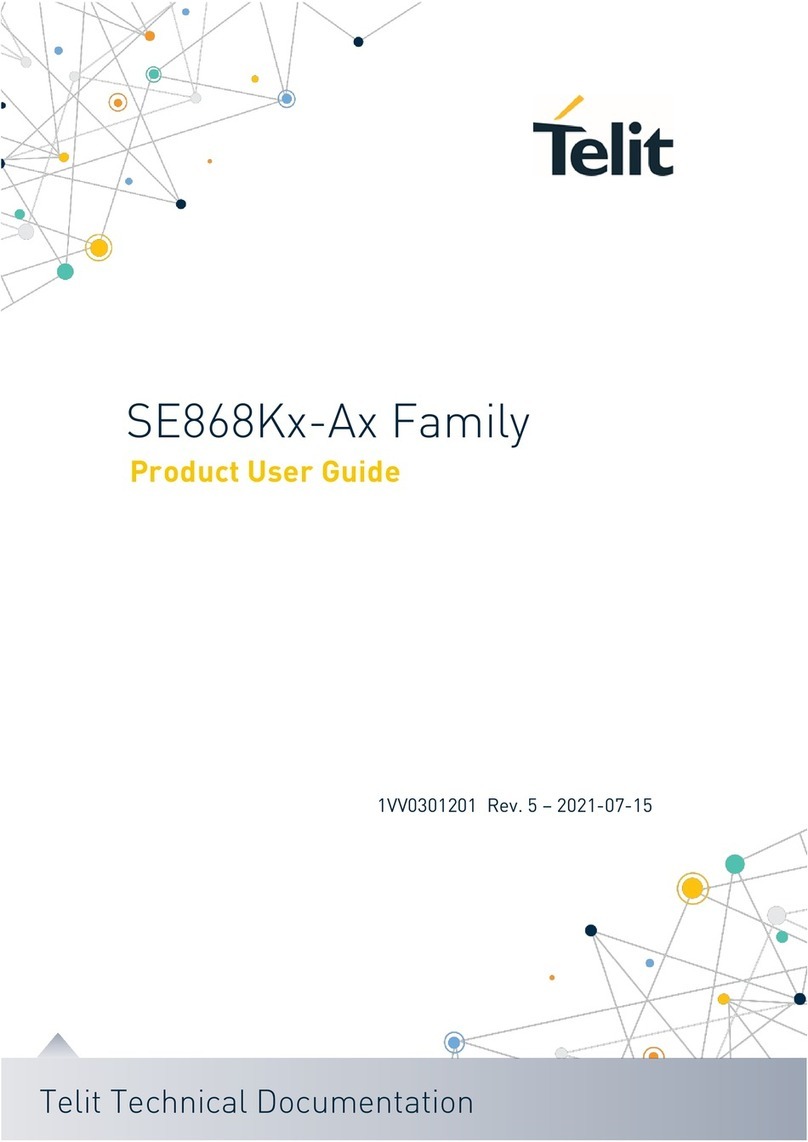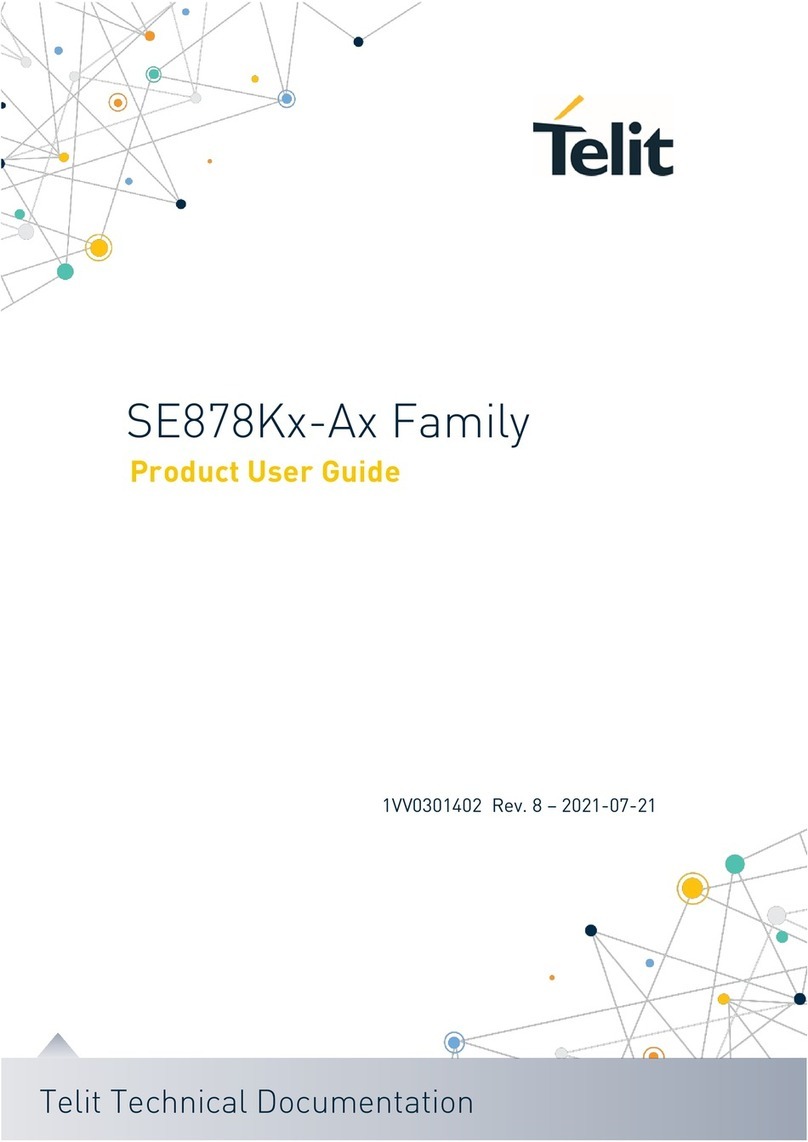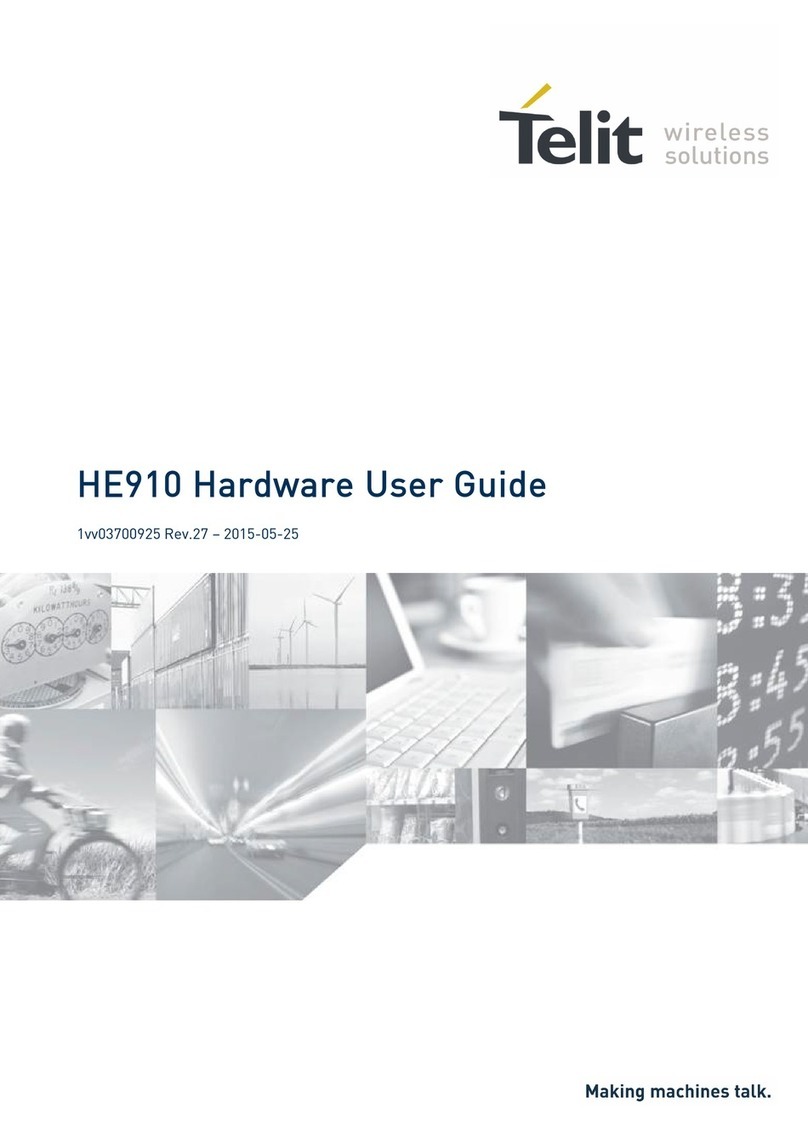2. PRODUCT DESCRIPTION
The SL869-V2 family of GNSS receiver modules provides complete position, velocity, and
time (PVT) engines featuring high performance, high sensitivity, and low power
consumption.
All modules compute a navigation solution using GPS signals. Multi-constellation
modules add GLONASS, BeiDou, and Galileo signals to yield better coverage, greater
accuracy, and improved availability.
Multi-constellation (MT3333): SL869-V2 and SL869L-V2.
GPS only (MT3337E): SL869-V2S and SL869L-V2S.
Product Overview
•Complete GNSS receiver modules including memory, TCXO, and RTC
•SL869-V2L and SL869L-V2S also include a built-in LNA and DC blocking cap
•Constellations:
oSL869x-V2: GPS (L1), QZSS, and either Glonass (L1) or BeiDou (B1)
simultaneous ranging with 99 search and 33 tracking channels. Galileo
ready.
oSBAS corrections capable (WAAS, EGNOS, MSAS, GAGAN)
oSL869x-V2S: Only GPS (L1) and QZSS with 66 search and 22 tracking
channels.
•DGPS capable using the RTCM SC-104 protocol.
•AGPS support for extended ephemeris using local or server-based solutions:
oLocal: Embedded Assist System (EASY) Please refer to Note 1.
oServer: Extended Prediction Orbit (EPO) Please refer to Note 1.
•Jamming Rejection - Active Interference Cancellation (AIC)
•Supports active or passive antenna
•Configurable fix reporting, Default: 1Hz, Max: 10 Hz
•NMEA command input and data output
•1 or 2 serial ports for input commands and output messages (Please refer to I/O
Ports)

































